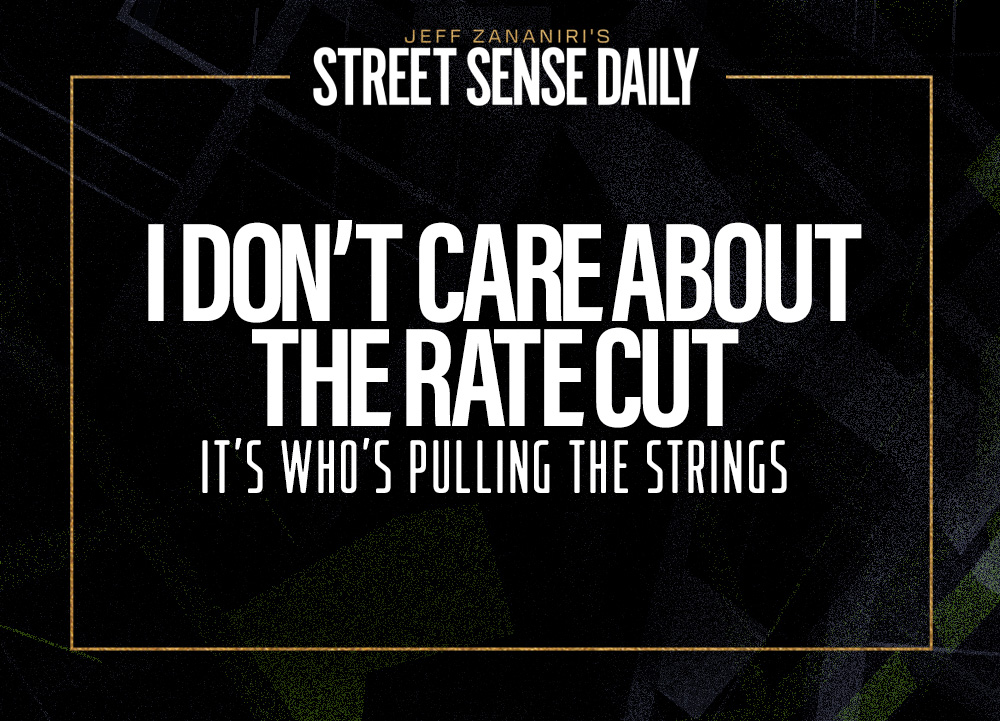It finally happened.
The Fed cut rates by a quarter point Wednesday — the first cut since the pandemic-era pivot — and it wasn’t because inflation suddenly vanished.
It was because the labor market’s softening faster than Fed Chair Jerome Powell expected, and the risk of waiting was bigger than the risk of moving.
Now, if you’re thinking, “Didn’t they just spend two years warning us they wouldn’t budge until inflation hit 2%?” — you’re not wrong.
But here’s the thing about the Fed: They talk tough, until the jobs numbers start to slip.
So now we’re sitting at 4.00% to 4.25% on the federal funds rate, and the signal is clear: The pivot is on.
It’s not dramatic or panicked, but it’s real.
And maybe the wildest part was the decision came with an 11–1 vote — just one dissenter.
That lone dissenter was none other than Stephen Miran, an economic advisor to President Trump who just barely squeaked through Senate confirmation earlier this week.
The guy’s seat isn’t even warm yet, and he already wanted to come in hot with a 50-basis-point cut instead of 25.
That tells you how far the sentiment inside the Fed has shifted.
This wasn’t a bunch of Wall Street doves trying to juice the market. This was the institution saying, “We see real risk ahead if we don’t ease off the brakes.”
Powell cited “employment risk,” which is Fed-speak for: We’re seeing job openings dry up, hiring cool off, and unemployment inch higher.
That’s the pressure point. Because if it snowballs, you don’t get a soft landing.
You get an ugly one.
So instead of playing chicken with the labor market, they flinched.
Here’s what I think it means for traders and markets.
Scissors at the Ready
First of all, the Fed isn’t claiming victory on inflation. Not even close.
Inflation’s still hovering around 3%, and they don’t expect to hit their 2% target until late next year, maybe even 2027 depending on the model you trust.
Still, Powell made it clear: If inflation keeps drifting down, and employment weakens more, more cuts are on the table.
In fact, the Fed’s updated projections now show two more 25 bp cuts are likely by year-end.
And Miran’s push for 50 bps isn’t just about data. His boss, Trump, has been hammering the Fed to cut rates for months.
I’ve seen a lot of Fed cycles, but I can’t remember another time when a presidential advisor-turned-Fed-governor was this blunt, this fast.
The Fed’s always tried to stay apolitical, but this is going to test that in a big way.
Lean in, Watch Closely
Now, here’s the big picture: This move helps risk assets.
Lower rates mean cheaper money, and the market will price in more easing now that the Fed showed its hand.
But it’s not 2021 again. Inflation still limits how far they can go.
If labor data keeps deteriorating — fewer jobs, higher unemployment, lower wage growth — we’ll likely see more cuts before December.
But if inflation doesn’t behave, and starts to creep back up, they’ll have to slam the brakes again. And fast.
Which means this is a trader’s market.
You need to stay flexible, meaning you can’t cling to one outcome.
Bonds are already starting to front-run more cuts, and equities are loving the idea of looser policy.
But all of it hinges on the next few data points.
Pay close attention to the next labor report. And if inflation surprises again, be ready to flip the script.
This is the kind of moment that separates the tourists from the traders.
Stay street smart,
Jeff Zananiri
P.S. Join Aaron Hunziker Saturday at 4 p.m. ET to learn how to double or triple your game using quick, strategic options.
He’ll pull back the curtain on a strategy that has shown the potential for steep gains if you know how to use it right.
*Past performance does not indicate future results



